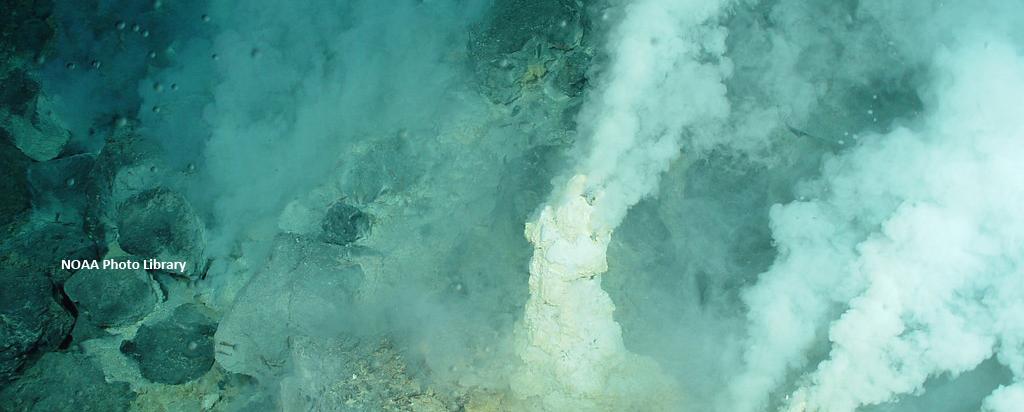
Macromolecular crystallography at the Australian Synchrotron was among the methods used by researchers from Singapore who have provided evidence that Asgard archaea, the closest known relatives of nucleus-bearing organisms (eukaryotes) have a dynamic network of actin protein — a trait thought of as specific to eukaryotes.
Actins are multi-functional proteins that form microfilmaents in cells and participate in many essential cellular processes, including cell movement, cell division, and cell signalling.
The study, which was published in Nature, was carried out by researchers from the Institute of Molecular and Cell Biology, Agency for Science, Technology and Research, (A*STAR) in Singapore, and the Yong Loo Lin School of Medicine at the National University of Singapore.
The research was also highlighted in a news report in Nature.
Asgard archaea, which have no nucleus, were first found in hydro-thermal vents deep in the Arctic ocean.
These organisms are believed to have a distinct lineage early in the story of life emerging on Earth. No life forms have been found thus far that represent an intermediate between eukaryotes and their bacterial and archaeal ancestors.
The investigators used the MX1 and MX2 beamlines at the Australian Synchrotron to demonstrate that a range of the Asgard archaea profilin proteins (Loki profilin-1, Loki profilin-2 and Odin profilin) have very similar structures to the human profilin-1 protein which plays an important role in controlling the growth of actin microfilaments in our cells.
While the authors were not able to isolate actin proteins from the Asgard archaea to study their interactions with Asgard archaea profilins, they were able to demonstrate binding of Loki and Odin profilins with eukaryotic, rabbit α actin, despite these proteins being separated by more than 2 billion years of evolution.
Moreover, they demonstrated that the Asgard profilin proteins were able to regulate the polymerisation of mammalian actin protein into microfilaments.
Note: Some content taken from the Nature news report.